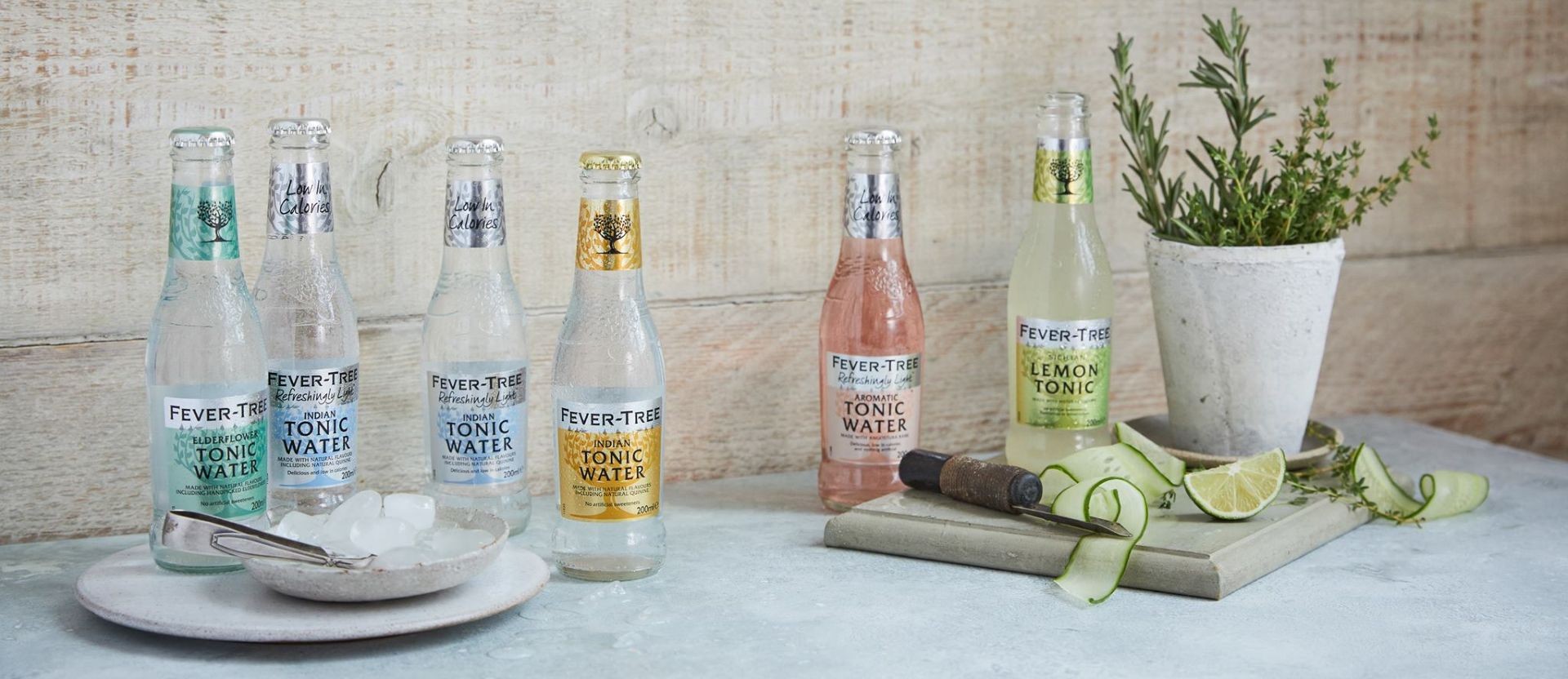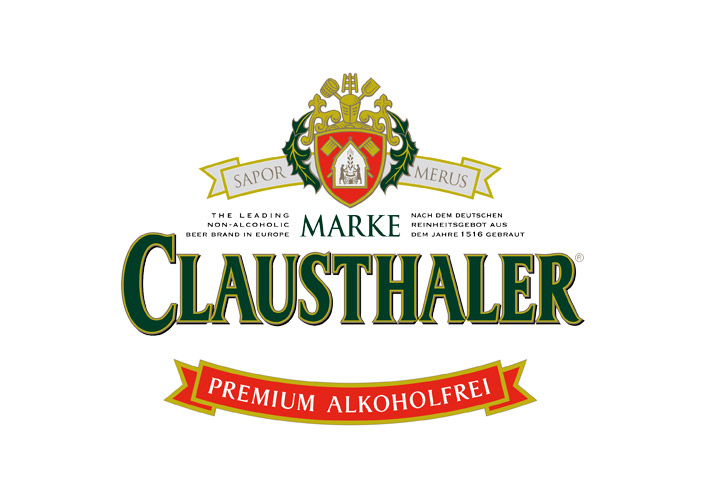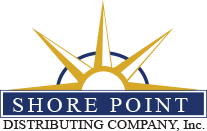
Non-Alcoholic
Products / Non-Alcoholic
Clausthaler
http://us.clausthaler.com/cms/startordner/infocenter/1390_u1.html
Like all beers in Germany, non-alcoholic brews and reduced-alcohol beers are brewed with only water, barley (malt) and hops in strict accordance with the German Beer Purity Decree of 1516. Of course, we know today that yeast is also a necessary and important ingredient, but in 1516, the importance of yeast was not yet understood. Other malt types, most importantly wheat, are now also allowed, but only for top-fermented beers (ales). Specialized processes are required to brew non-alcoholic malt beverages. There are only two such processes in general use and the two processes differ greatly: Either the brewing process is controlled so that only a small amount of alcohol can be produced, or some or all of the alcohol is simply removed from conventionally brewed beer. Alcohol can be removed from beer after brewing by the dialysis or reverse-osmosis method. Conventionally brewed beer passes through by a partially permeable membrane under its own pressure (dialysis) or mechanically boosted pressure (reverse-osmosis). Water flows across the other side of the membrane. Because of the natural tendency to balance differential pressures, alcohol passes through the membrane, separating it from the beer.
PRODUCT attributes
| STYLE | ABV | IBUs | AVAILABILITY |
|---|---|---|---|
| Non-Alcoholic Beer | 0.5% | 29 |



